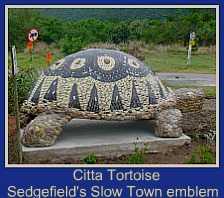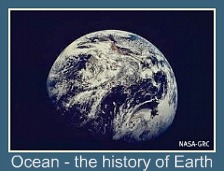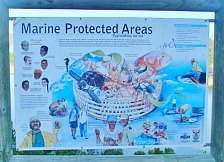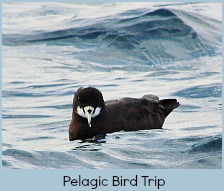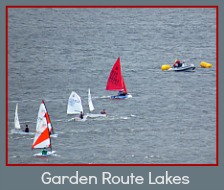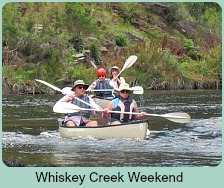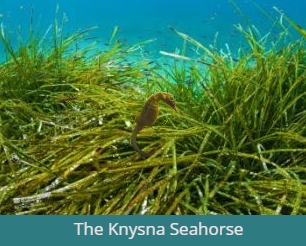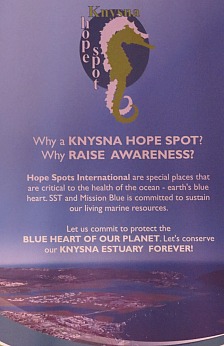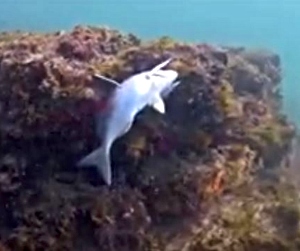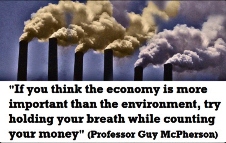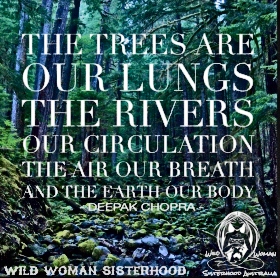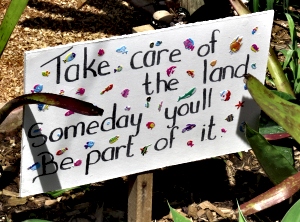Ocean Trauma
A number of actions cause Ocean trauma. There are several types of traumas some of which are man-made like pollution and over-fishing and others that are natural such as tsunamis that can be caused by volcanic activity or earthquakes.
"Without water, our planet would be one of the billions of lifeless rocks floating endlessly in the vastness of the inky-black void." Fabian Cousteau, Grandson of Jacques Cousteau
As humans are traumatised by sudden/unexpected events in their lives like death of a loved one, injury, serious illness, accident, loss of a job, etc. so do other entities, in their own way, experience trauma. Our oceans, covering over 70% of our planet and made up of hundreds of complex, dynamic, interactive processes and organisms are no exception.
Man-made Ocean Trauma
750 million tons of sediment is carried annually into coastal waters by the rivers of the world. Some is deposited on the seafloor and some dissolves. This sediment contains many vital nutrients to nurture the creatures of the sea.
However, because of man’s mistreatment of natural resources on land, erections of giant oil-rigs at sea and great numbers of ships traversing the world’s oceans, sediments have also come to contain many harmful substances such as heavy metals, oil spills and pollutants, discarded fishing nets, sewerage and garbage resulting in ocean trauma.
1. Pollution - Our oceans are becoming gigantic sewers - a massive toilet - only once humanity’s debris and toxic waste end up in the ocean, there’s no place for it to go. There is no mammoth handle to flush it away.
Drastic Plastic Pollution - There are patches in all the oceans called gyres, where there are few ocean currents surrounded by strong ocean currents. They create spinning vortexes and once plastic floats into the area it cannot escape and so accumulates over time. They are like islands covering tens of kilometers and much of it is below the surface, a huge source of ocean trauma.
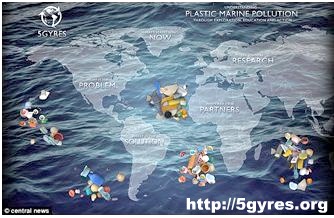
These large synthetic soups of garbage are called gyres that have formed in all five of the planet's major oceans! The Pacific Gyre was discovered in 1997 by Captain Charles Moore and was the first to be documented. Organised sweeps of the ocean have revealed bottle caps, bottles, shotgun shells, crates, toothbrushes, plastics of every shape and size and a myriad unidentifiable chunks.
The maximum 'plastic density' was 200,000 pieces of debris per square kilometre. It is impossible to measure the exact size of the "garbage patch" as much of it is hidden from sight.
"Only we humans make waste that nature can’t digest." Charles Moore, Marine Researcher
It is a worldwide phenomenon and international problem that most nations don't want to face up to or take responsibility for, so it remains a sinister escalating death-trap to ocean life and creates on-going ocean trauma.
Captain Charles Moore, founder of Algarita Marine Research and Education says that as a result of these huge areas of plastic debris ”the base component of the marine food chain is being displaced by a non-digestible, non-nutritive component which is actually out-weighing and out-numbering the natural food.”
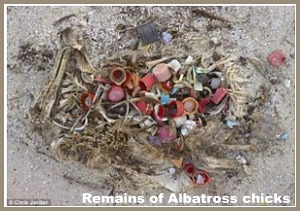
When plastic is in the sea for a long time it "photodegrades" into smaller and smaller pieces until it is small enough to be ingested by organisms near the surface - thus entering the food chain.
Food and beverage packaging contains potentially toxic chemicals such as Bisphenol-A found in polycarbonate plastic and epoxy resins. Leaching out of ingested plastic pieces they can cause hormonal dysfunctions and alter cellular processes in plants and animals and by implication, humans.
In 2007 Kenneth Weiss won a Pulitzer Prize for his multi-part series in the Los Angeles Times explaining, among other things, how bottle caps, toy soldiers, toothbrushes and spray nozzles are choking hundreds of thousands of albatrosses to death on Midway Atoll, about 1,000 miles from the nearest city.

Marine scientists know that marine organisms are consuming plastics because of the noticeable effect they are having on seabirds, albatrosses in particular. Of 500,000 chicks born in a year, 200,000 are succumbing to being erroneously fed plastic debris by their parents.
For example, the Laysan Albatross specifically and also the Black-footed Albatross mistake floating plastic debris for food and offer it to their chicks.This reduces the offsprings' stomach’s capacity for proper food and they gradually starve to death, their bodies choked with plastic.
Many whales washed up on the shoreline have also been found to contain fishing nets and plastic sheets and indigestible man-made items in their stomachs that eventually led to their deaths.
All species of sea turtles are vulnerable in the same way ingesting plastic that is wrongly identified as food.
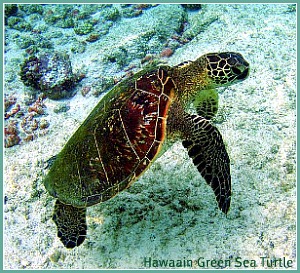
Besides the seaborne plastics' danger to bird and marine life, the floating debris causes ocean trauma by absorbing organic pollutants from seawater, such as:
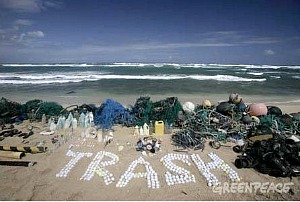
These toxin-containing plastic fragments are also eaten by jellyfish, that are, in turn, eaten by larger fish. Many of these fish are then consumed by humans, resulting in their ingestion of toxic chemicals.
As we’re at the top of the food chain we experience the cumulative effect of all the toxins that have entered our food at each level in the process of it becoming our food. No wonder there are so many life-threatening diseases affecting us today. Food is not synonymous with nutrition anymore.
Human health reflects environmental ills because our bodies are not a boundary. They are permeable and affected by what they come into contact with. We are part of the vast ecosystem of earth.
"Technology is moving on a faster trajectory than mankind's sense of moral duty."Rachel Carson said in her ground breaking book, "Silent Spring". She was losing her battle with cancer even as she wrote this but she challenged the wisdom of governments in allowing toxic chemicals to be put into the environment before knowing the long-term consequences of their use. The public outcry this book created, initiated the environmental movement.
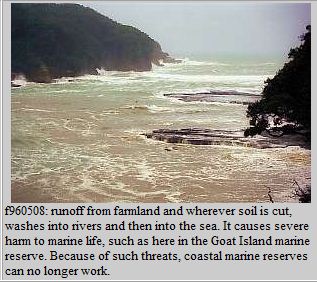
2. Poisons - Most of what happens in the oceans is hidden from sight and passes unnoticed by us but we know now that there is no uniforn stillness in the ocean’s depths. It means that there is no safety in dumping some of man’s most deadly substances in it.
There are now sizable areas called "dead zones" that have resulted from detrimental human activities, where industrial chemicals and/or agricultural fertilizers (as mentioned above) run off into rivers that ultimately flow into the sea creating hypoxia i.e. reducing the oxygen content in the water. This has affected coastal waters so horribly that no marine life can survive its effects.
Countries and governments have to consider seriously whether they can continue to dispose of the by-products of the atomic age, namely radio-active waste, into our oceans without critically threatening the future of mankind on earth.
The source of our planet’s life and the source of our life, demonstrates our dependence and interconnectedness. "Kelp forests, seaweeds, sea grasses and phytoplankton produce as much oxygen as the forests and grasses on land." David Attenborough - Blue Planet. Without the oceans from which water evaporates and falls as rain no life could exist. The sheer number of 7 billion humans on our planet now, demands that we consider the ocean trauma our actions are having on this life source today.
"With every drop of water you drink, every breath you take, you're connected to the sea, no matter where on Earth you live. Most of the oxygen in the atmosphere is generated by the sea." Sylvia Earle, Oceanographer
3. Overfishing - Globally 76% of the fish in the oceans are over-fished. This form of ocean trauma means that 76% of fish are being removed from the sea faster than they can replenish themselves - already 90% of the big ocean fish have been taken out!
Notable among this number are a number of tuna species not least of all, the iconic Blue Fin Tuna in high demand by the Asian market for sushi which is pushing the species to the brink of extinction. The lack of control by regulatory authorities of illegal and unethical fishing practices exacerbates their predicament.
Other ocean trauma issues are bycatch i.e unwanted fish that can amount to 25% of a targeted catch, are dumped back into the ocean - dead or dying! This includes up to 200,000 Loggerhead turtles, the largest reptiles on earth and dating back 150 million years. It has caused a 90% decline in their population in just the last 20 years. 50,000 Leather-back turtles have suffered the same fate and the species are now listed as endangered.
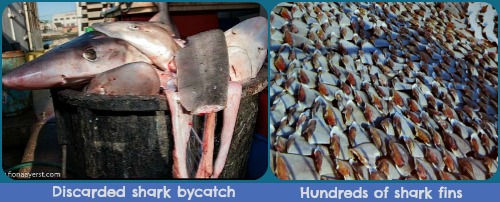
100 million sharks are killed each year either intentionally for their fins, for food, or as by-catch by fisheries. This massive killing of apex predators is one of many factors causing ocean trauma by seriously threatening the health of our oceans.
Bottom line trawling causes severe habitat damage and a coral reef, for example, that has taken a thousand years to grow and is a breeding ground and nursery for many fish, can be decimated in a day.
The question is, for how much longer can we continue to thoughtlessly rape and pillage the oceans that cover the vast majority of the planet and contain far more biodiversity in them than what lives out of them?
Ocean Trauma by Natural Events
Tsunami. Natural ocean trauma occurs when a vertical underwater movement initiated by an earthquake or volcanic eruption leads to a Tsunami. By displacing a mass of water regular waves form that quickly increase in size as they head towards land, increasing in height as the sea depth decreases. Such waves become walls reaching tens of meters in height so that they smash into the shoreline with an unstoppable destructive force that demolishes everything in their path.
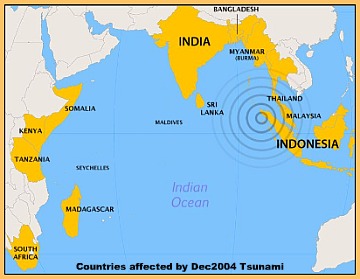
The Indian Ocean was the site of the Sumatra–Andaman earthquake on 26 December 2004. It was a quake that registered 9.1 on the Richter scale and resulted in 30 meter high waves engulfing coastal communities that killed nearly 230,000 people in 14 countries (more than 168,000 in Indonesia alone) making it one of the 10 worst recorded earthquakes and one of the worst natural disasters in recorded history. Over half a million people were displaced in Northern Sumatra alone.
84 aftershocks took place over the following weeks and months relating to the gravitational adjustment of crustal material disturbed by the earthquake. It is nature’s way of restoring stability to the region.
A survey of the seabed in Feb 2005 by the Royal Navy vessel, HMS Scott revealed the extent of ocean trauma experienced as a result of the earthquake.
The fault line along the India/Burma plates meets at the Sundra Trench where rising pressure and temperatures caused the magma to push-upwards. This created a fault that ruptured along 1600kms raising the sea-bed by 40 meters and displacing an estimated 30km3 of water that resulted in the destructive tsunami waves.
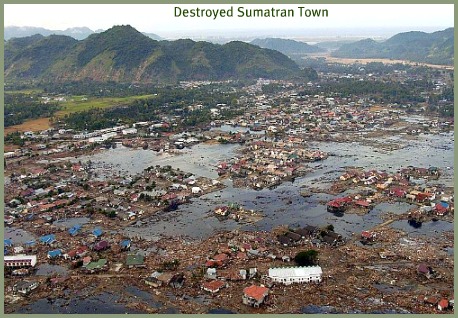
Sitting on the so called “ring of fire” where the meeting of continental plates causes high volcanic and seismic activity, there was no Regional Tsunami warning system for the Indian Ocean up to this time. In October 2010, the region suffered further ocean trauma when struck by another earthquake of 7.7 magnitude and 3m high waves swept away 10 villages on Sumatra in one of the world’s top surfing spots.
Unfortunately, many countries like Indonesia, Sri Lanka and Bangladesh have dynamited coral reefs off their coasts to facilitate coastal shipping. This has compromised their shores with regard to Tsunamis.
Coral reefs slow down the waves as do mangrove trees and coastal sand dunes, which in many countries, have been removed to allow for coastal urban growth and residential development. By ignorantly interfering with and damaging their natural environment, people have to some extent, jeopardized their own safety.
At the time of the Tsunami, South Africa, some 8000 kms away experienced unusual tidal activity roughly 24 hours later. From Richards Bay in the south-east to Port Nolloth in the south-west, the sea level rose in some places between 2-3 meters and 12 hour tidal cycles were compressed to 20 minutes.
Water surged up some estuaries, ripping boats from their moorings. At Nahoon near East London, extraordinary wave regression revealed a large portion of the seabed not ever exposed under normal circumstances. Beaches were flooded at Coffee Bay and Port St Johns. 34 swimmers needed rescuing. 8 people died including a baby.
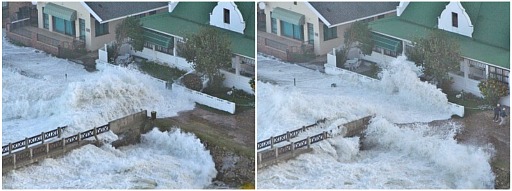
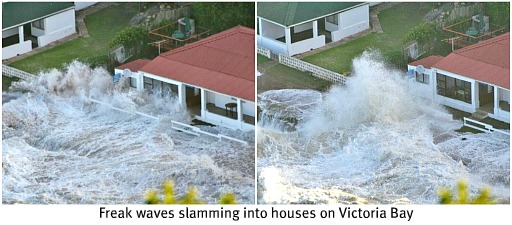
Closer to Home - In mid January 2011 seismic activity 50 kms off-shore caused a mini Tsunami to hit Victoria Bay, the surfers' paradise between Wilderness and George. It slammed onto the road that runs next to the ocean with such force that if any car or person had been there they would have been washed into the sea with little hope of being rescued alive from the violent water.
(photos courtesy of Willie Du Plessis)
Resolving Ocean Trauma
How rich and diverse life is on this tiny planet we can’t begin to comprehend. How complex and interconnected it is, we haven’t yet fathomed. Not all the collective brains of the world’s scientific community are able to understand yet how it all fits together. Yet masterminded it is on a level beyond our thinking.
Earth is at present the only source of life we have and we are an infinitely small part of the universe. All this misuse and abuse of sea life and habitat is, in effect, ocean trauma. In our ignorance or arrogance we can affect nature in a way that could destroy everything that means anything to us as a species.
In spite of catastrophic natural events that very quickly reveal how puny we are, humanity of the 21st century, are none-the-less, contributing to their own extinction! It's time to acknowledge we could be living on borrowed time!
We need to respect and treasure our oceans as the major life source they are. For the future of all species on this planet, mankind, from governments to individuals need to take responsibility at all levels to do what they can to safeguard our oceans from further degradation and to work towards restoring their condition to sustainable levels.

Links to Related Sites


On the website Wake up World, besides a vast and diverse amount of interesting articles, is a page called Ecocide: The Psychology of Environmental Destruction. In the article, Steve Taylor states that "indigenous peoples were in no doubt that (western so-called civilised people's) attitude to nature was pathological and would lead to disaster. Tribal people have been consistently appalled by our lack of respect for the natural world and systematic abuse of nature."
This stems from our over-developed sense of ego or intensified sense of individuality as opposed to identity with community and connection with nature.....


